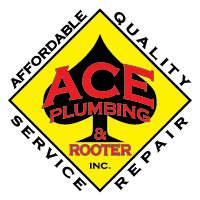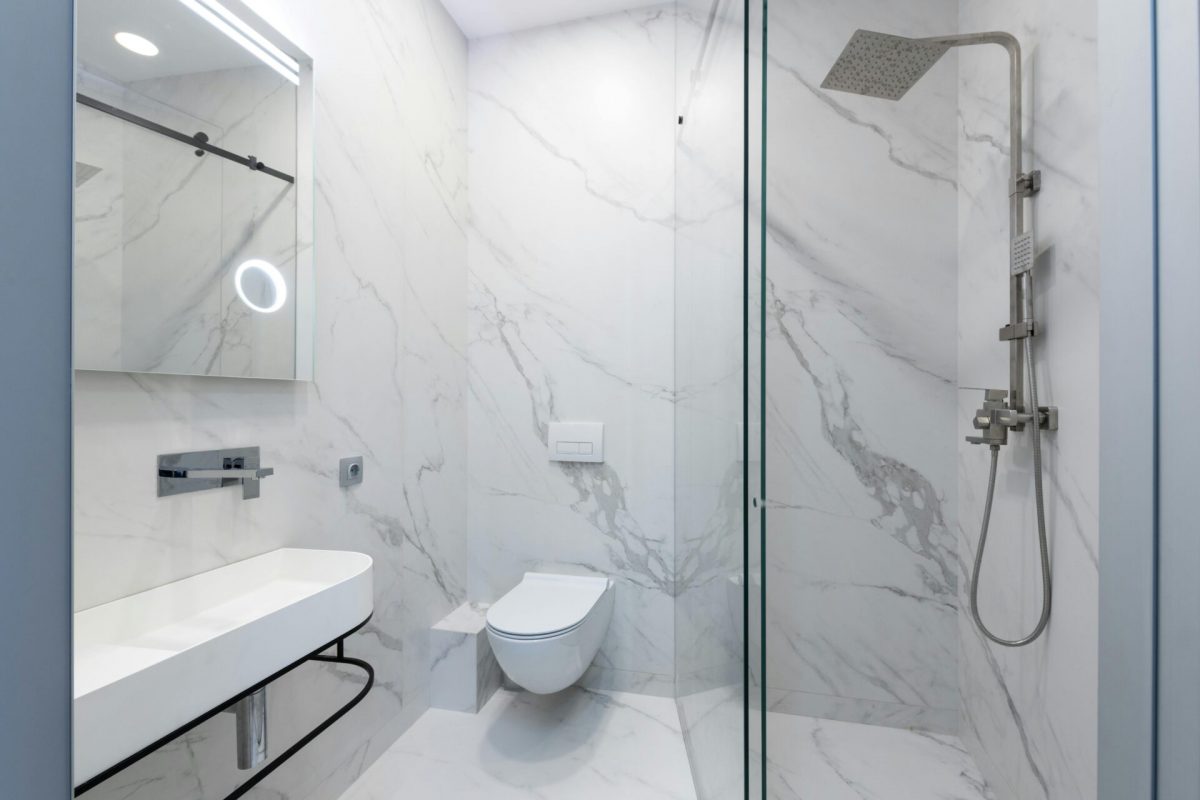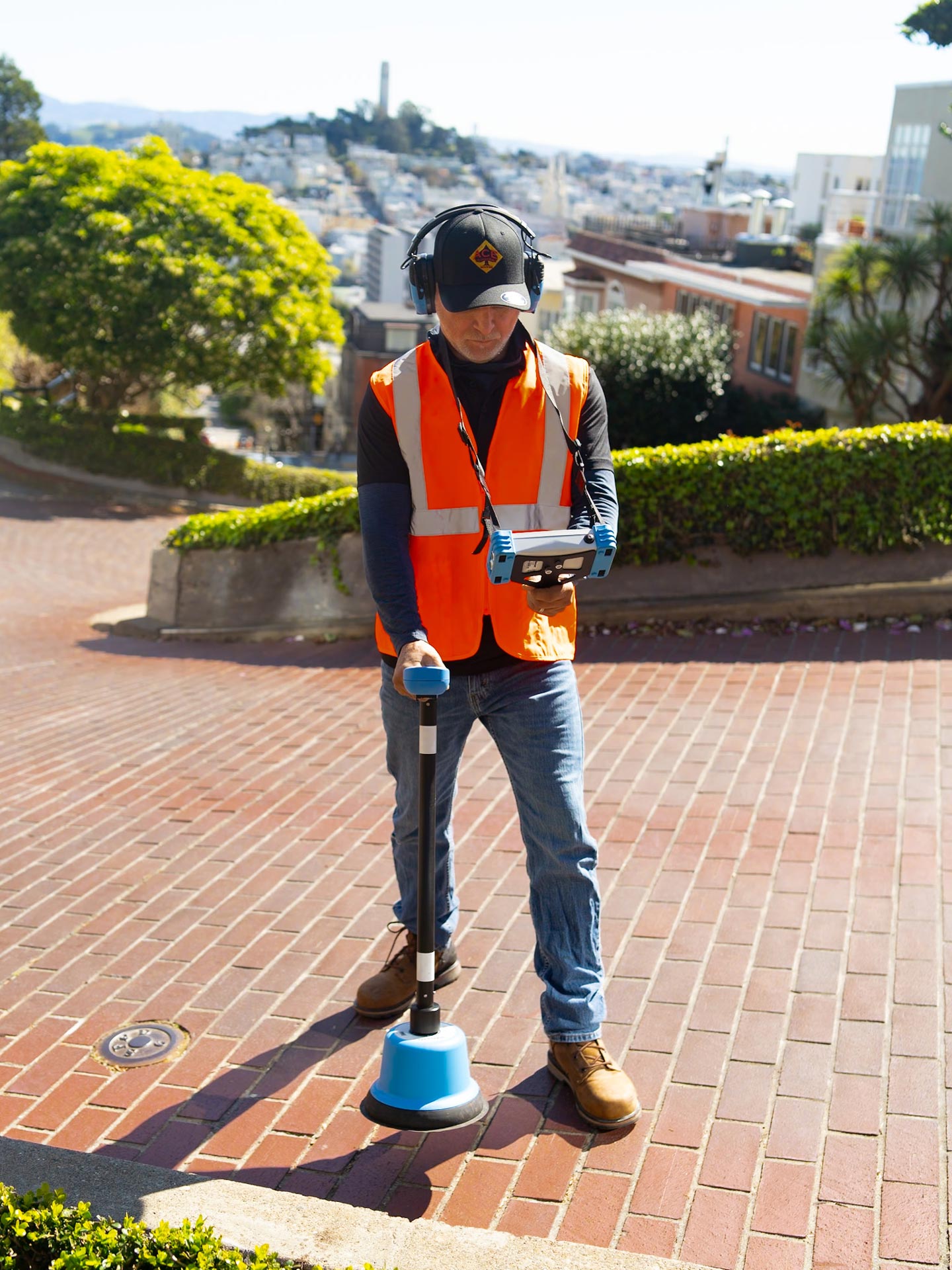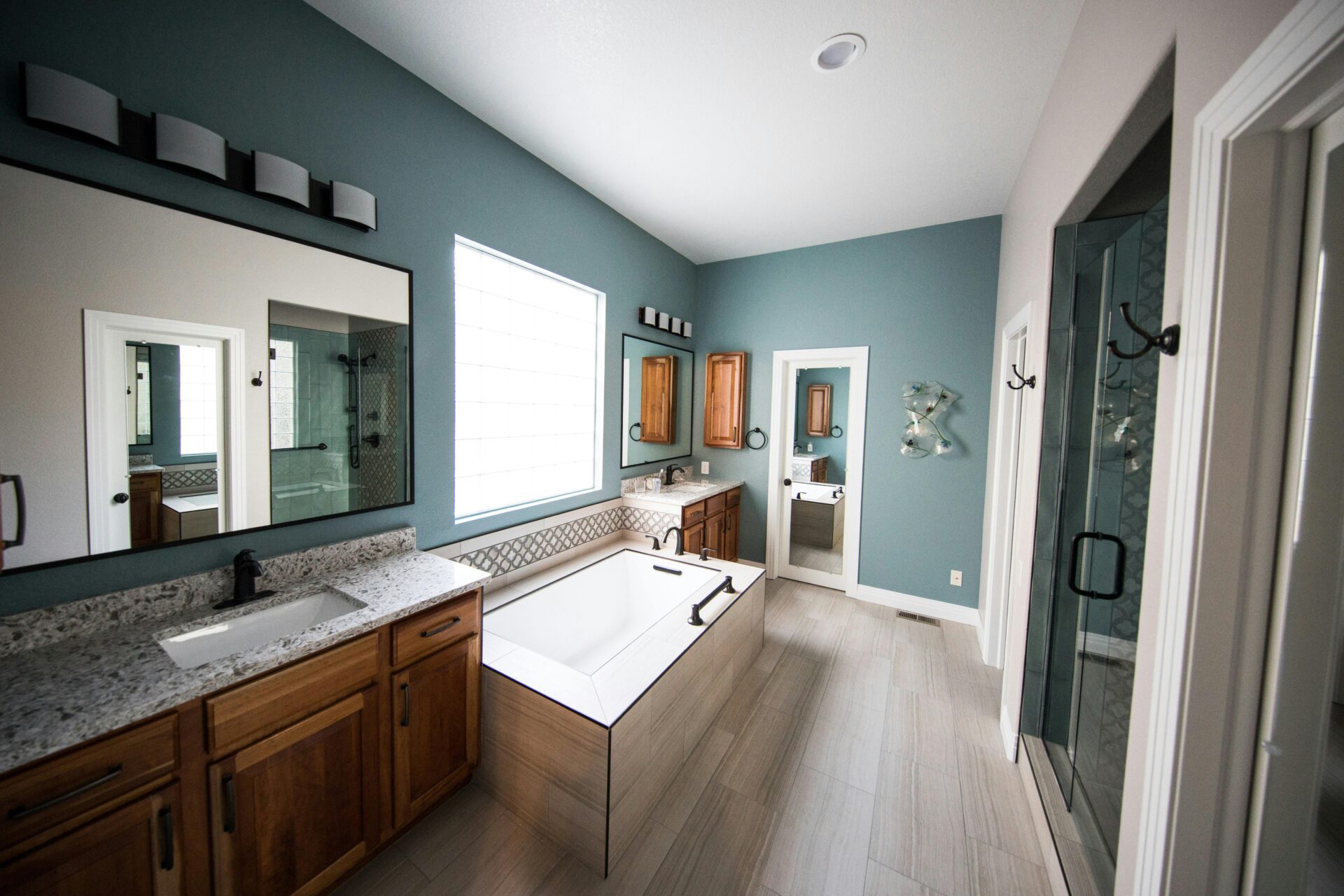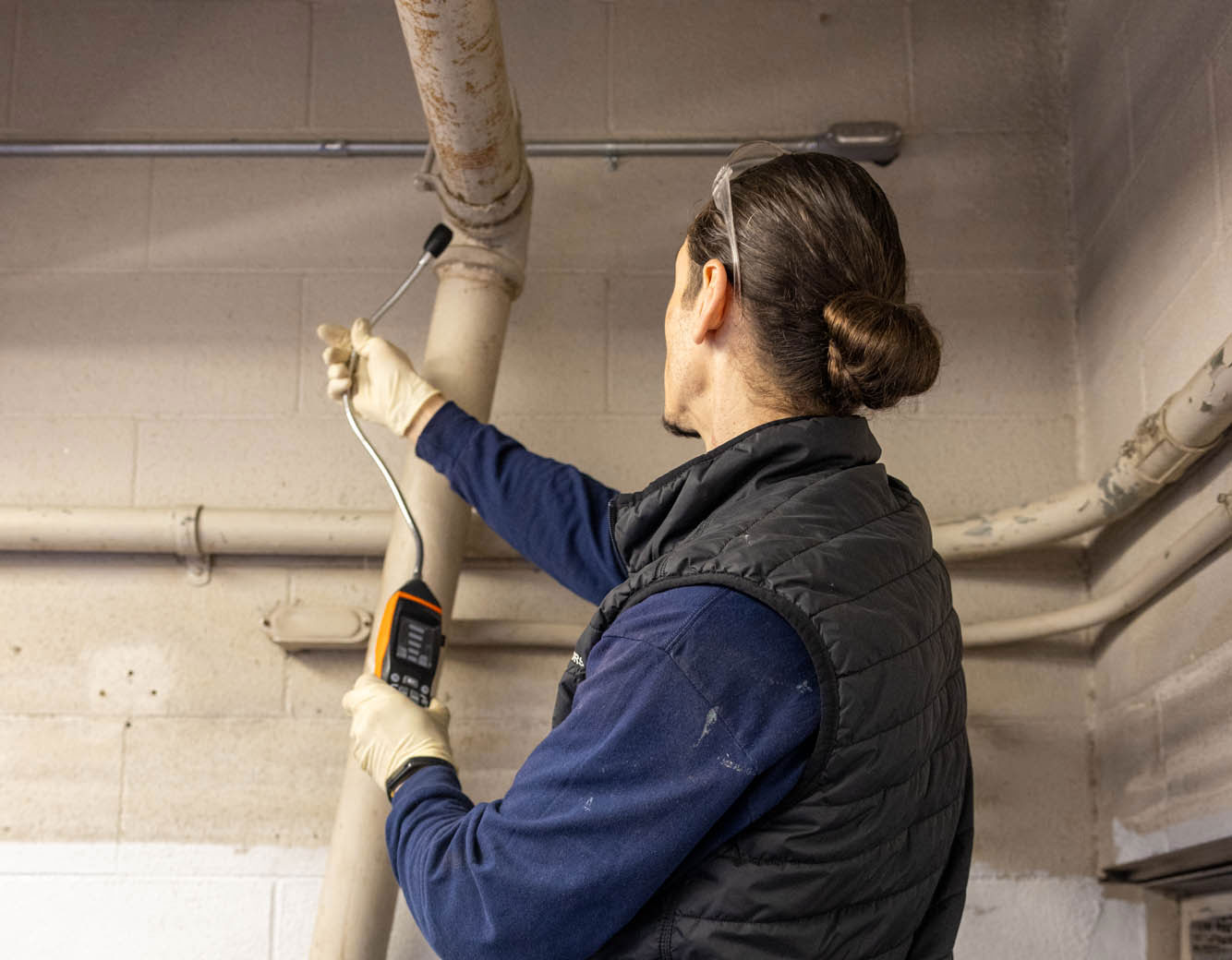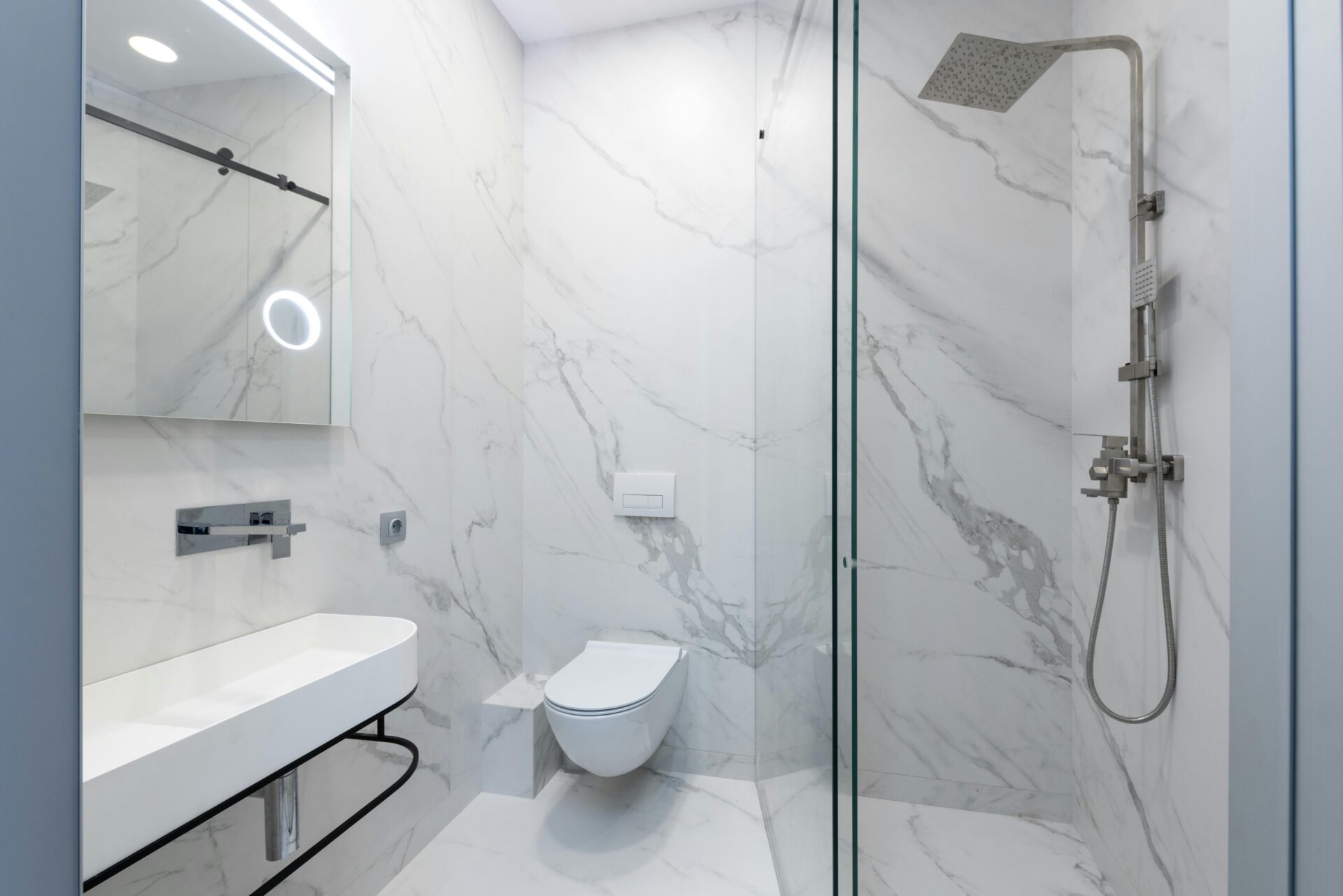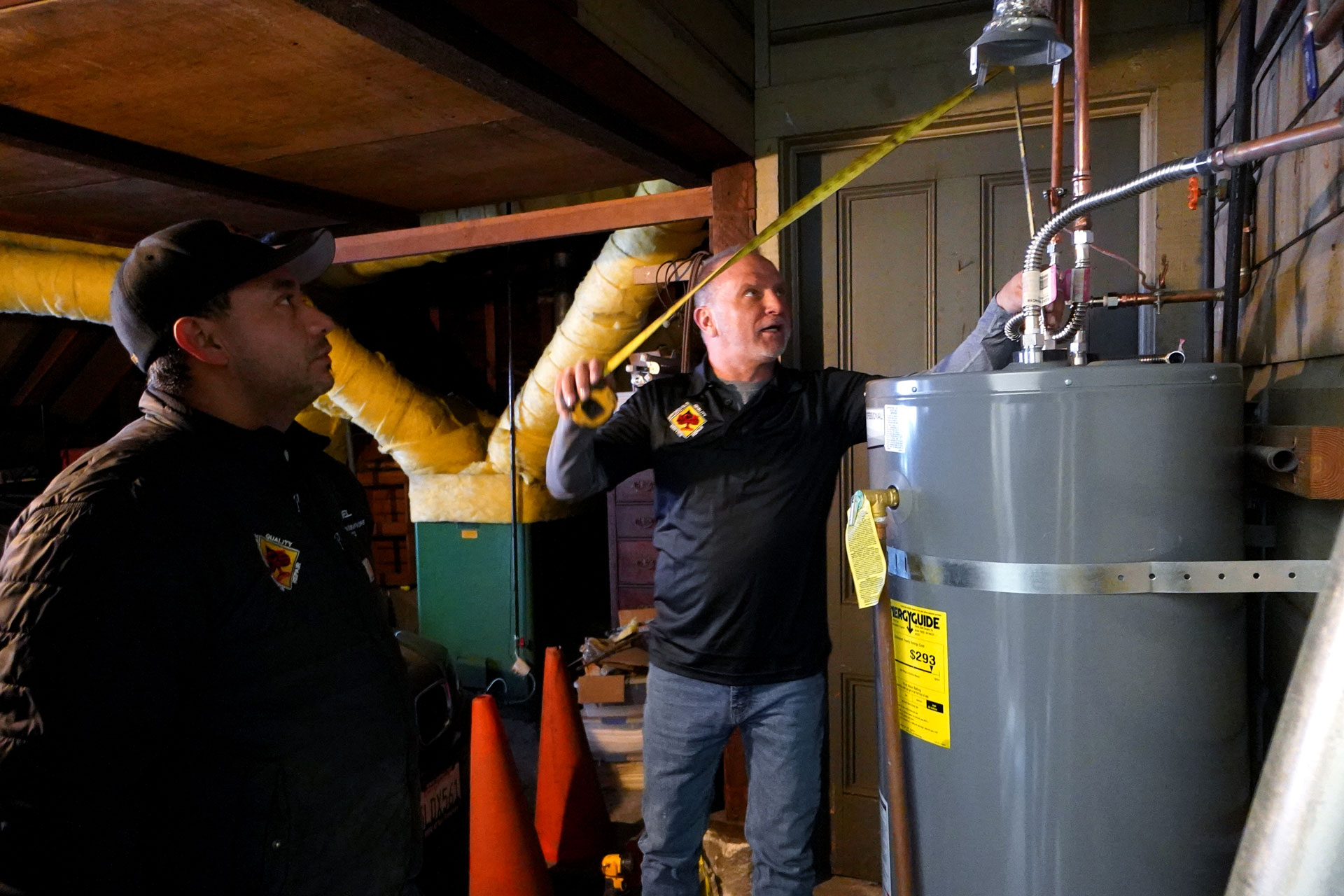In recent years, the call for sustainable living practices has become more urgent. For many, the shift towards eco-conscious living begins at home, where a myriad of everyday practices can contribute to an overall greater impact. One of the most significant areas where individuals can make a positive impact is in their home plumbing. As a plumbing company serving the eco-conscious city of San Francisco, we’re happy to help our customers and community by exploring practical and innovative ways to ‘go green’ with your plumbing, with a focus on water preservation, energy efficiency, and overall environmental responsibility.
The plumbing system is an often unseen infrastructure that underpins daily life. From the early morning shower to the last glass of water before bed, water flows in a symphony of convenience that we often take for granted. However, this flow comes at a cost. Some plumbing systems are notorious for waste, consuming large quantities of water and energy, often far more than necessary. The good news is that small changes in your home plumbing can result in significant water and energy savings, introducing a positive ripple effect for the environment.
Water-Saving Fixtures
The best place to start your green plumbing journey is with water-saving fixtures. These are easy upgrades that can make a substantial difference in your home’s water consumption.
Low-Flow Toilets
Toilets are one of the largest water users in the home, accounting for about a third of indoor water usage. By installing a low-flow toilet, you can cut that usage in half. Modern low-flow toilets use about 1.6 gallons per flush or less, compared to the 3.5 to 7 gallons of older models. You’ll want to check with your trusted local plumber to make sure a low-flow toilet would be a good fit, making sure all pros and cons are appropriately weighed.
Water-Efficient Faucets and Shower Heads
Upgrading to water-efficient faucets and shower heads can save even more water. These devices mix air with water, reducing the amount of water that comes out hopefully without sacrificing performance. You can expect to save about 700 to 1,200 gallons of water per year with water-saving shower heads, and additional savings with low-flow faucets.
Smart Irrigation Systems
For those with a garden or yard, traditional sprinkler systems can be a major source of water waste. Smart irrigation systems, also known as ‘smart sprinklers,’ use weather data and soil moisture sensors to optimize watering schedules, only delivering water when and where it’s needed, saving you significant amounts of energy and water in the process.
Energy-Efficient Water Heaters
Water heating is the second largest energy expense in the home, typically accounting for about 18% of your utility bill after heating and cooling. Upgrading to an energy-efficient water heater can help cut costs and reduce your environmental footprint.
Tankless Water Heaters
Tankless, or on-demand, water heaters provide hot water only as it’s needed. They don’t produce the standby energy losses associated with traditional storage water heaters, which can save you money and cut greenhouse gas emissions.
Heat Pump Water Heaters
Heat pump water heaters use electricity to move heat from one place to another instead of generating heat directly. They can be two to three times more energy-efficient than conventional electric resistance water heaters.
Solar Water Heaters
Solar water heaters utilize the sun’s energy to heat water for your home, significantly reducing the need for gas or electricity to power your water heater. They can be a more expensive upfront investment, but they can pay off in the long run through lower energy bills and reduced reliance on fossil fuels.
Reducing Water Waste
Beyond installing new fixtures and appliances, there are several other simple yet effective tactics to reduce water waste in your home plumbing.
Fixing Leaks
A dripping faucet or a small leak in your plumbing may seem insignificant, but over time, they can waste thousands of gallons of water. Regularly check for leaks and address them promptly to prevent water and money going down the drain unnecessarily.
Insulating Pipes
By insulating hot water pipes, you can ensure that the water stays warmer as it travels to the tap, reducing the need to run the water for long periods of time to get it hot and preventing waste.
Using Water-Saving Appliances
In addition to low-flow fixtures, the appliances in your home like your dishwasher and washing machine can also be sources of water waste. Look for Energy Star-rated models, which are designed to use water and energy as efficiently as possible.
Implementing green plumbing practices in your home is an important step towards sustainability. It not only conserves natural resources and reduces pollution but can also save you money in the long run. Whether you’re in the market for a complete plumbing overhaul or just looking to make a few simple upgrades, each action you take moves you closer to a more eco-friendly home. Remember, sustainable living is a journey, not a destination. Start where you can, and let your commitment to the environment guide your choices as you build a greener, more efficient home. Contact Ace Plumbing & Rooter today to talk about making eco-friendly improvements to your plumbing fixtures and systems.
